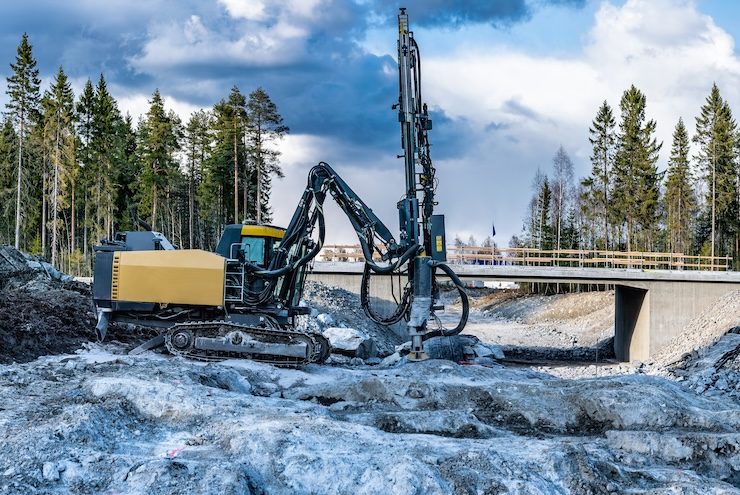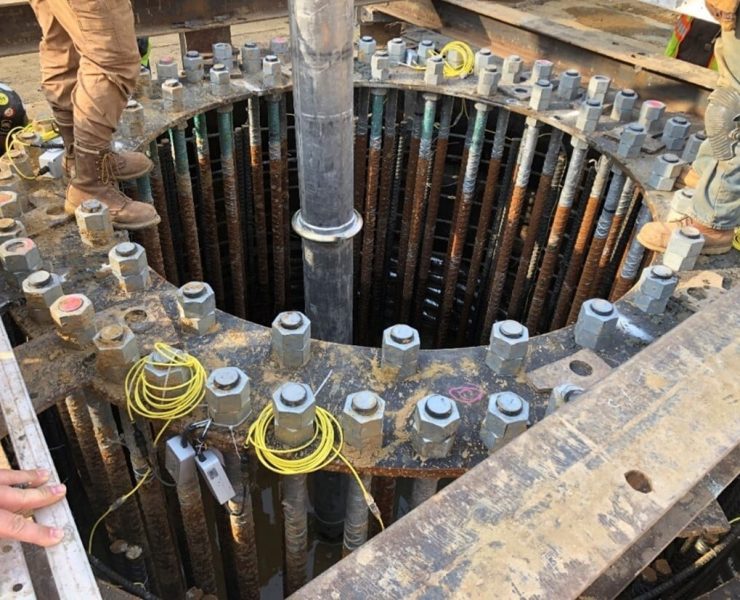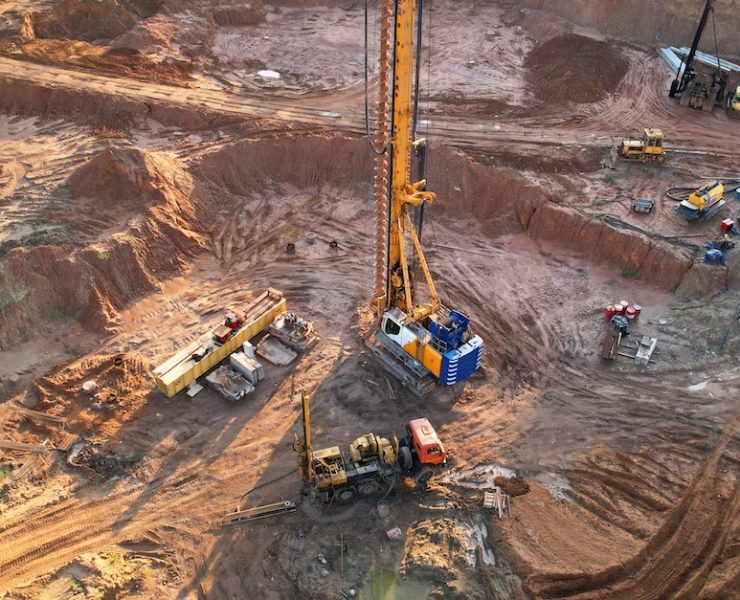The Basics of Rock Classification For Geotechnical Engineering
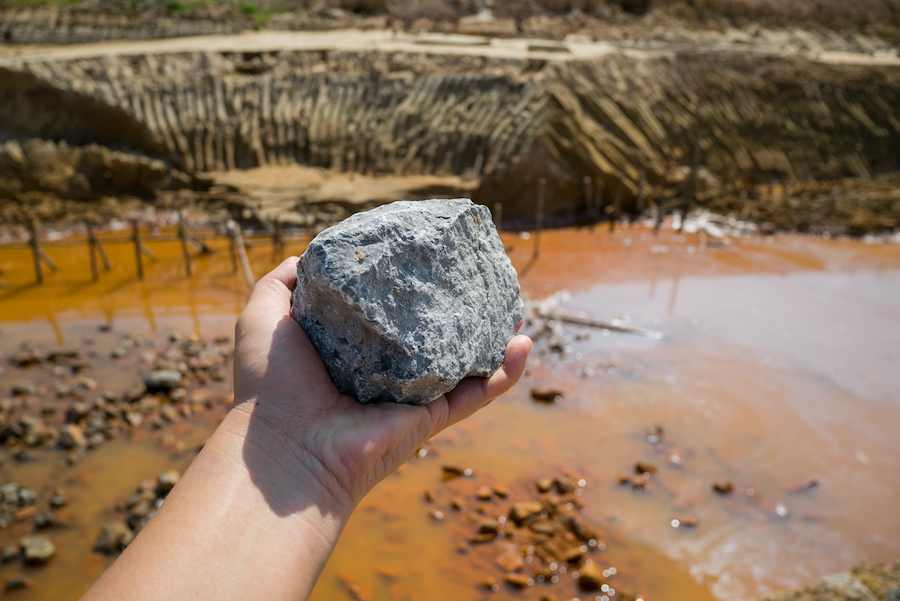

View the complete version here.
Construction managers must know what they’re dealing with before they start building on a site. The ground below their feet can make the difference between a solid foundation or a house of cards. In our first article, The Basics of Soil Classification, we discussed the four basic soil types and what systems are used to classify their subtypes. Now we will discuss rock classification which includes identifying the type of rock and its geological structures.
Types of Rocks
Rocks are classified based on their geological origin. These are the three basic types of rocks:
Igneous. These rocks are formed when molten material solidifies. This can happen at depth in the earth’s crust or after a volcano explodes above the earth’s surface. Examples of igneous rocks include granite, diorite, and basalt.
Sedimentary. Formed from the accumulation of aggregated rock or dead organisms carried in rivers and ultimately deposited in larger bodies of water, such as lakes and oceans. This sediment becomes buried, loses water, ultimately cements, and once again forms into solid rock. Examples include sandstone, limestone, and shale.
Metamorphic. A metamorphic rock is an igneous or sedimentary rock that has been altered physically and sometimes chemically by the application of intense heat and pressure at some point in their geological history. Examples include quartzite, schist, and gneiss.
Visual Classification
Geological structures generally have a significant influence on the rock mass properties. Important features include:
Rock Mass. An aggregate of blocks of solid rock material containing structural features that constitute mechanical discontinuities (major geological features). Rock mass refers to any in situ rock with all inherent geomechanical discontinuities.
Rock Material or Intact Rock. The consolidated aggregate of mineral particles forming solid material between structural discontinuities. Properties attributed to it refer to rock material free of geomechanical discontinuities.
Geomechanical or Structural Discontinuities. means all geological features which separate solid blocks of the rock mass, such as joints, faults, bedding planes, cleavage planes, shear zones, and solution cavities. These features constitute planes of weakness that reduce the strength of the rock mass appreciably.
Major discontinuities. Geological features constituting structural discontinuities which are sufficiently well developed and continuous that shear failure along them would involve little or no shearing of intact and rock material.
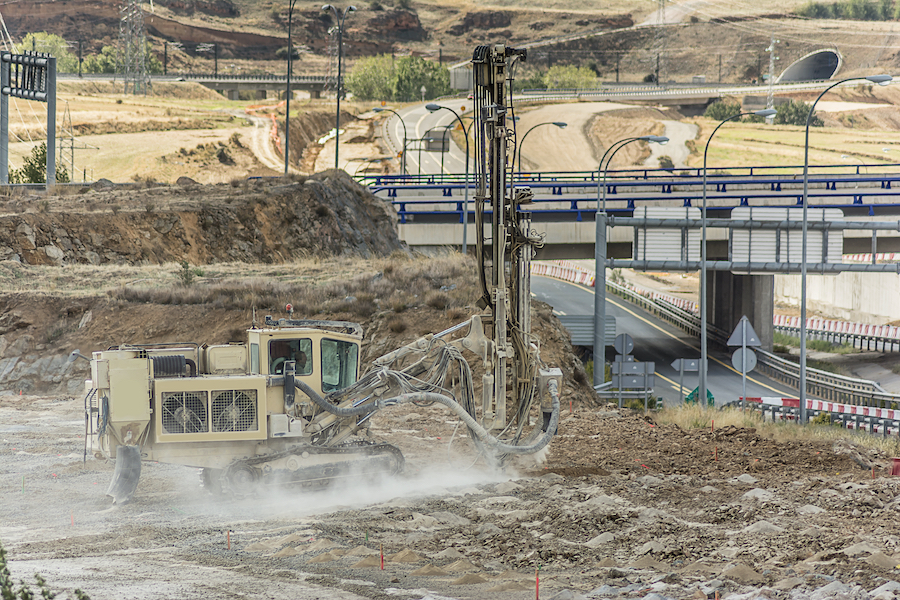
Order of Classification
Rocks are classified in the following order:
Weathering
Weathering is the breakdown of rock at the earth’s surface. Animals, plants, and atmospherics (such as rain or extreme temperatures) cause weathering. The following table can be used to classify the level of weathering for a rock:
Fresh (F): No visible sign of decomposition or discoloration. Rings under hammer impact.
Slightly (WS): Slight discoloration inwards from open fractures, otherwise similar to F.
Weathered Moderately (WM): Discoloration throughout. Weaker minerals such as feldspar decomposed. Strength somewhat less than fresh rock but cores cannot be broken by hand or scraped by knife. Texture preserved.
Weathered Highly (WH): Most minerals somewhat decomposed. Specimens can be broken by hand with effort or shaved with knife. Core stones present in rock mass. Texture becoming indistinct but fabric preserved.
Weathered Completely (WC): Minerals decomposed to soil but fabric and structure preserved (Saprolite). Specimens easily crumbled or penetrated.
Residual Soil (RS): Advanced state of decomposition resulting in plastic soils. Rock fabric and structure destroyed. Large volume change.
Discontinuity
For foundation purposes, the nature of rock discontinuities may be expressed in terms of their width, the degree of weathering of rock contact faces, and the character of infilling materials.
Grain Size
Use 10X hand lens if necessary, to examine rock sample.
For Igneous and Metamorphic Rocks:
- Coarse-grained – grain diameter >> 5mm
- Medium-grained – grain diameter 1 – 5mm
- Fine-grained – grain diameter << 1mm
- Aphanitic – grain size is too small to be perceived by unaided eye
- Glassy – no grain form can be distinguished.
For Sedimentary Rocks
- Coarse-grained – grain diameter >> 2mm
- Medium-grained – grain diameter = 0.06 – 2mm
- Fine-grained – grain diameter = 0.002 – 0.06mm
- Very fine-grained – grain diameter << 0.002mm
Additional Rock Classification Methods
Hardness
The Mohs hardness classification method involves scratching the surface of the rock. A rock is categorized on a scale of one to ten. A rock with a rating of one is as soft as talc. A rating of 10 means the rock is as hard as a diamond.
Rock Quality Designation and Velocity Index
The Rock Quality Designation (RQD) describes the quality of rock based on the degree and amount of natural fracturing. The velocity index is typically used to determine rock quality using geophysical surveys.
Durability
Short-term weathering of rocks, particularly shakes and mudstones, can have a considerable effect on their engineering performance. The weatherability of these materials is extremely variable, and rocks that are likely to degrade on exposure should be further characterized by use of tests for durability under standard drying and wetting cycle. If, for example, wetting and drying cycles reduce shale to grain size, then rapid slaking and erosion in the field is probable when rock is exposed.
Simplified Rock Classification
This table gives you an idea of how various rocks are classified.
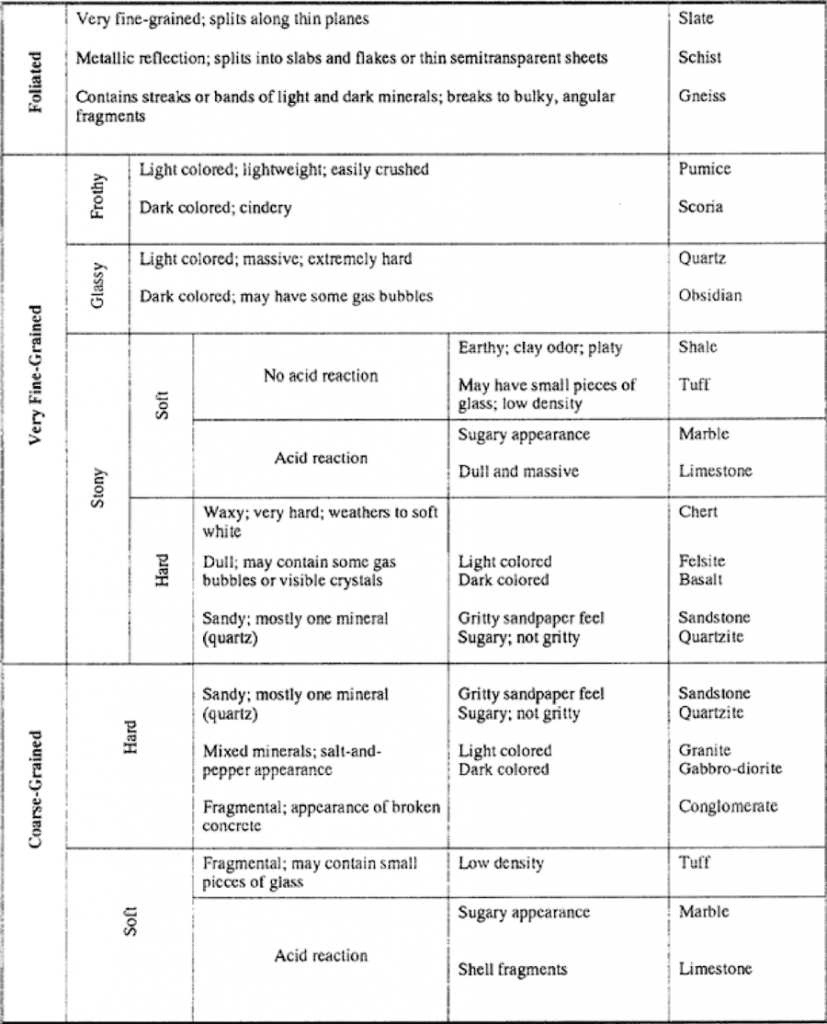
Rock Science
There are many characteristics of both rock and soil that must be understood before you start building. Everything from the type of foundation, building materials, landslide mitigation, and the type of equipment you need to use are impacted by – and depend on – the right classification of the construction site’s rock and soil.
Up Next
In the next part of our series on soil classification we will discuss special soils.
View the complete version here.
Why is rock classification crucial for construction managers and engineers?
Rock classification is essential for construction managers and engineers to determine the ground conditions, influencing whether a solid foundation can be established or if potential issues may arise during construction.
What are the key types of rocks and their geological origins?
The three basic types of rocks are igneous (formed from molten material), sedimentary (resulting from accumulated rock or organic matter), and metamorphic (altered physically and sometimes chemically under heat and pressure).














